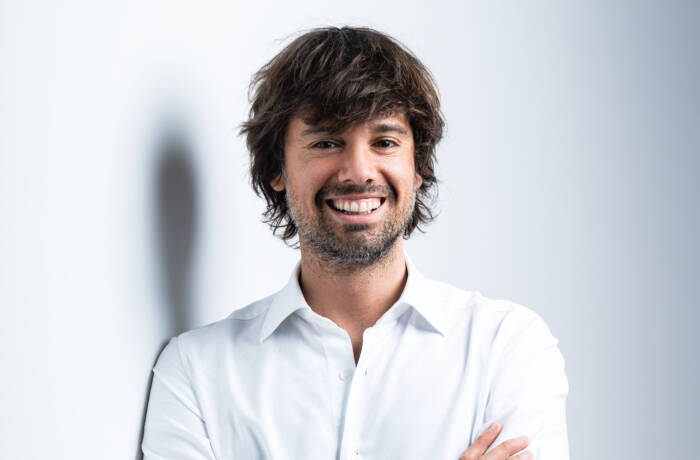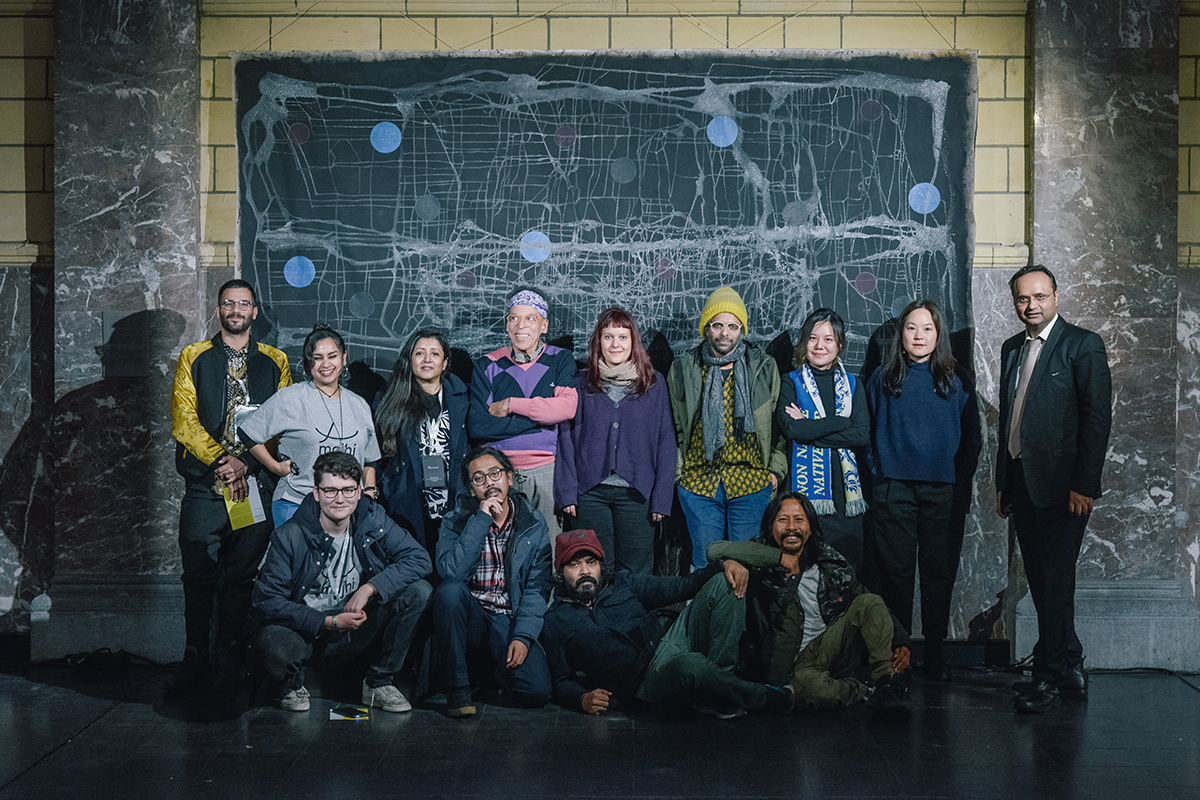
Artists from around the world, including Bangladesh, Indonesia and Italy, came together for the Third Majhi International Art Residency in Eindhoven; and their installations on show in the 1918 Steentjeskerk church
Like many organisations, the Durjoy Bangladesh Foundation saw its programming curtailed during the pandemic. In the second of this two part feature, Mark C O’Flaherty reports on the Majhi Residency, in which he saw artists from South Asia take over a church in Eindhoven, overcoming travel restrictions and bureaucracy to do so
Sometimes art takes on a significance and poignancy through timing and circumstance, like Andy Warhol’s ‘Sixty Last Suppers’ silkscreens, completed shortly before the artist’s death in 1987, or the ballerinas of Tchaikovsky’s ‘Swan Lake’ performing their pas de chat on a loop on Russian state TV, marking the end of the Soviet Union. The theme of the Third Majhi International Art Residency, held at the historic Steentjeskerk church last October, was ‘Land, Water and Border ‘–inviting a group of artists from a broad range of geographic locations, to explore their individual and collective experiences of the roles played by each of the elements in the title in their lives, along with the politics, culture, heritage, nature and technology associated with them.
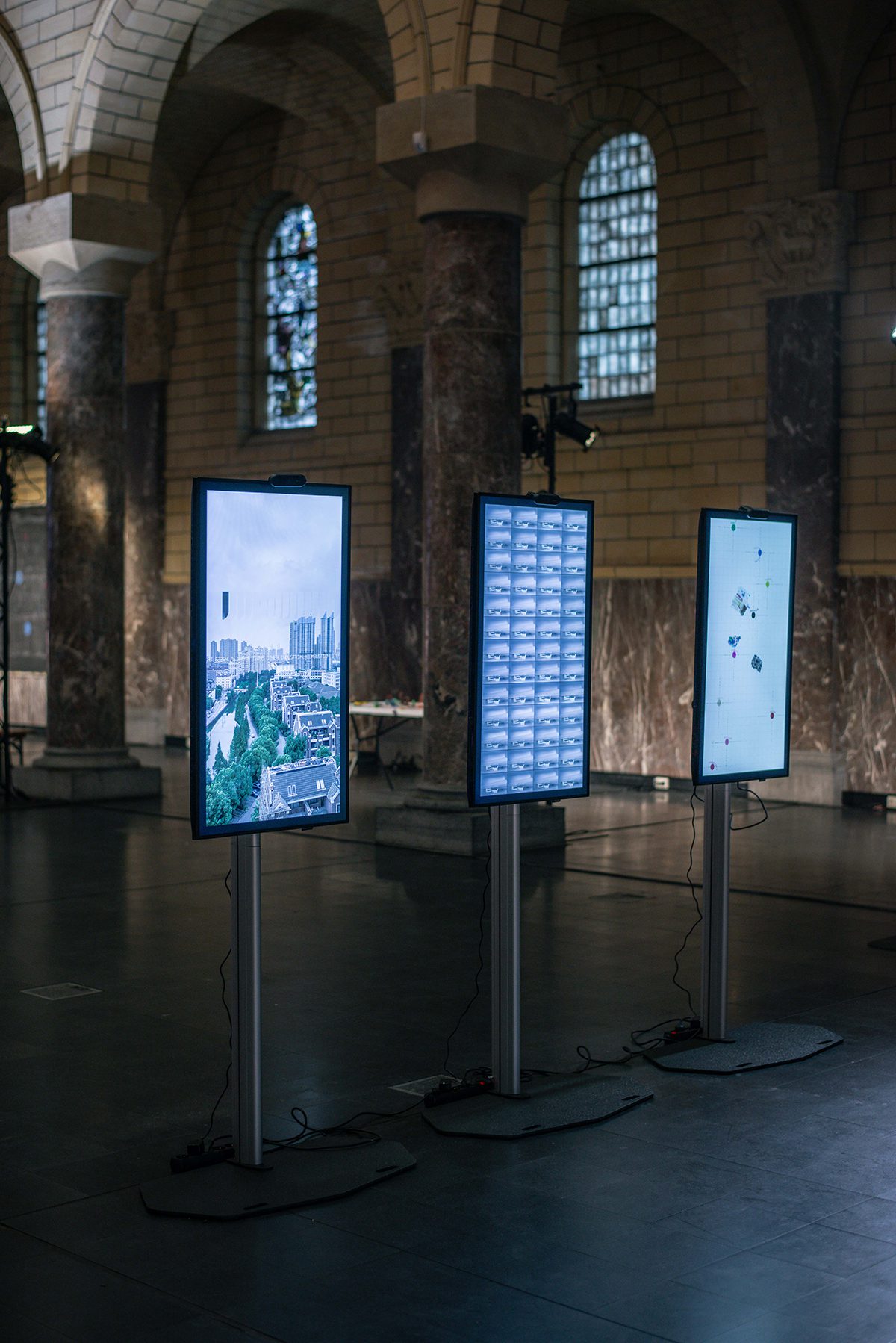
Interactive installation by Yu Zhang, ‘3 Screens [land; water; border]
Follow LUX on Instagram: luxthemagazine
“The response to Covid showed just how easily the Western world can open and close borders on a whim,” says Durjoy Rahman, the initiator and founder of the residency. “We faced a travel ban for certain Asian countries, and Bangladesh was among them. I had to solve the logistics of numerous travel permissions before concentrating on the content. We were proud to be able to create the only art event of its kind in the Netherlands during the period.”
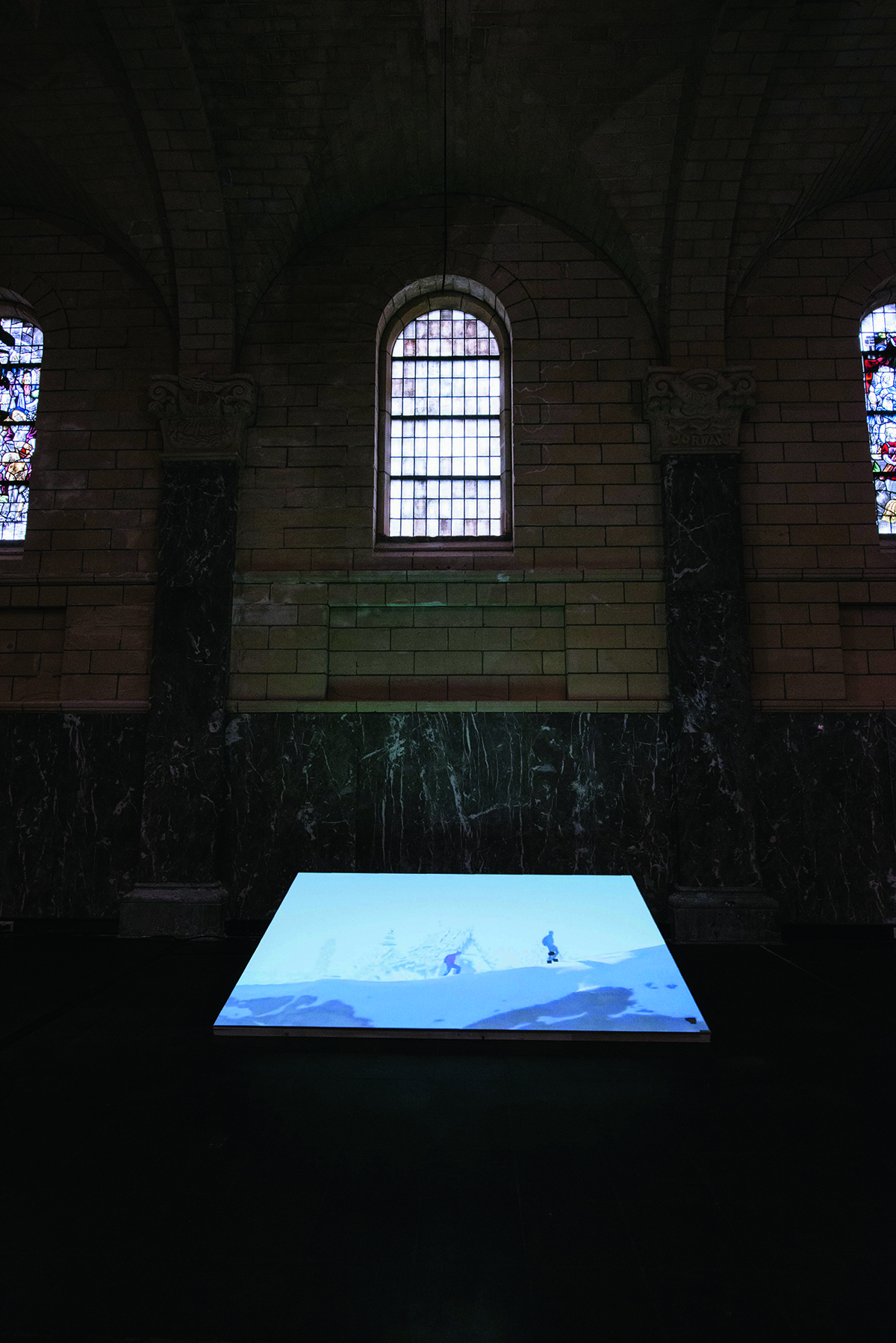
Audio-Visual Installation by Anon Chaisansook, ‘Lands with no Volcanoes’
Once the artists had managed to cross their various borders, there were other issues. “Many of the artists have vaccination records that the local authorities don’t recognise,” explained the UK-based event organiser Eeshita Azad at the launch event. “They weren’t able to access cafés or restaurants.” At the time, even the McDonald’s in Markt, the centre of town, was off limits to anyone without an EU-accredited pass, excluding Azad as well as the artists from the Indian subcontinent. Periodically, Durjoy hosted private dinners of hot meals and wine. There is a symbolism inherent in breaking bread together around a table that a snack from a street vendor simply doesn’t have.
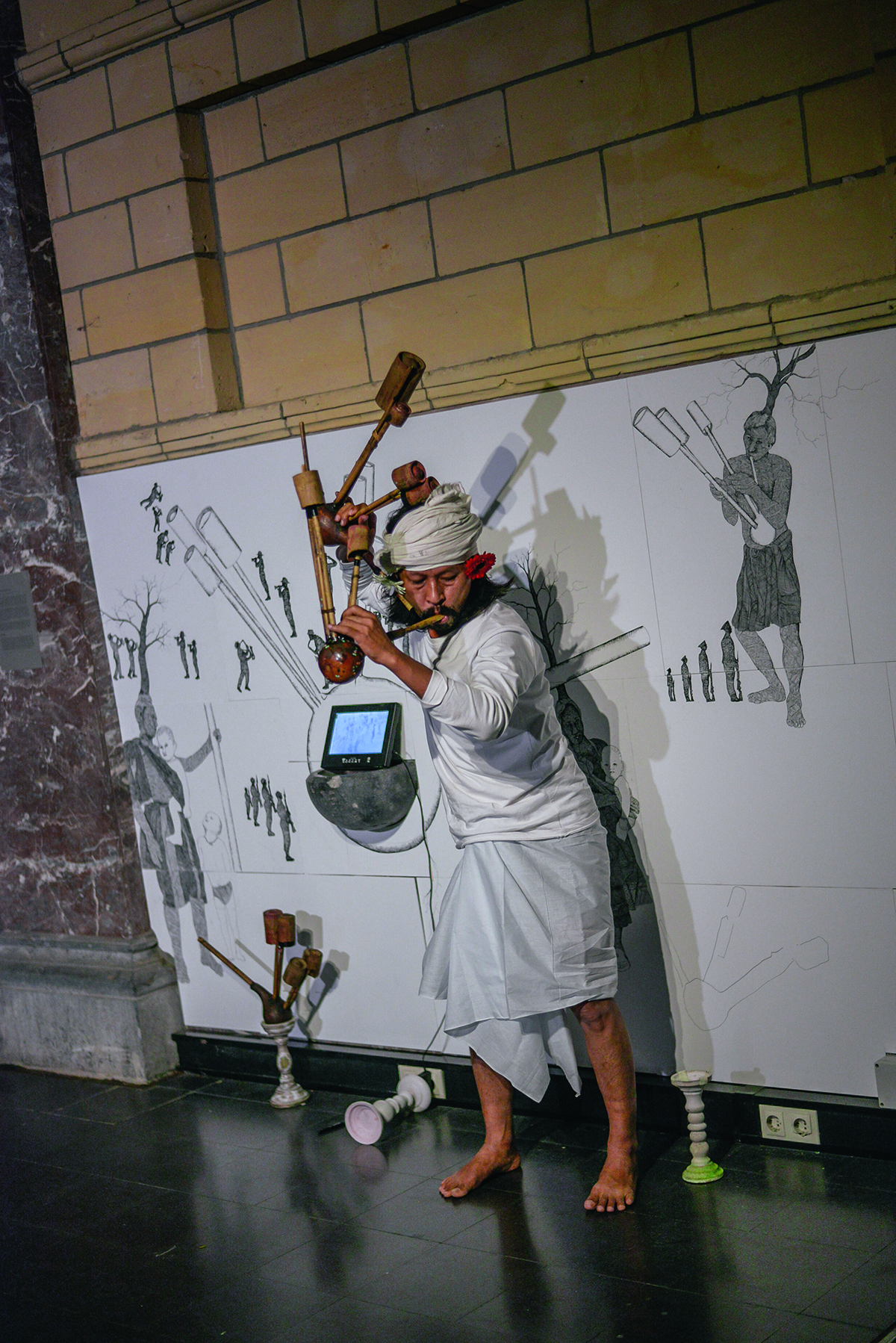
Mixed media installation and performance by Joydeb Roaja, ‘Poolang, melody of the flute that brings unity’
The artists in Eindhoven bonded over a shared outsider status, but also the challenge of creating work for an imposing space that they were unfamiliar with. The church, built in 1918, stopped being a place of worship in the 1970s. Its pews are long removed, leaving a grand interior of tiling, marble and pillars. “It was overwhelming when we first arrived,” said Moch Hasrul, the Indonesian artist who created an interactive installation entitled ‘Protypo #2’, chronologising flour production and distribution within the agricultural industry using microcontrollers, sensors and Play-Doh. The work, conceived before coming to Steentjeskerk, was engulfed by the space in which it was exhibited. But, like everything else on show, it was one facet of a greater story.
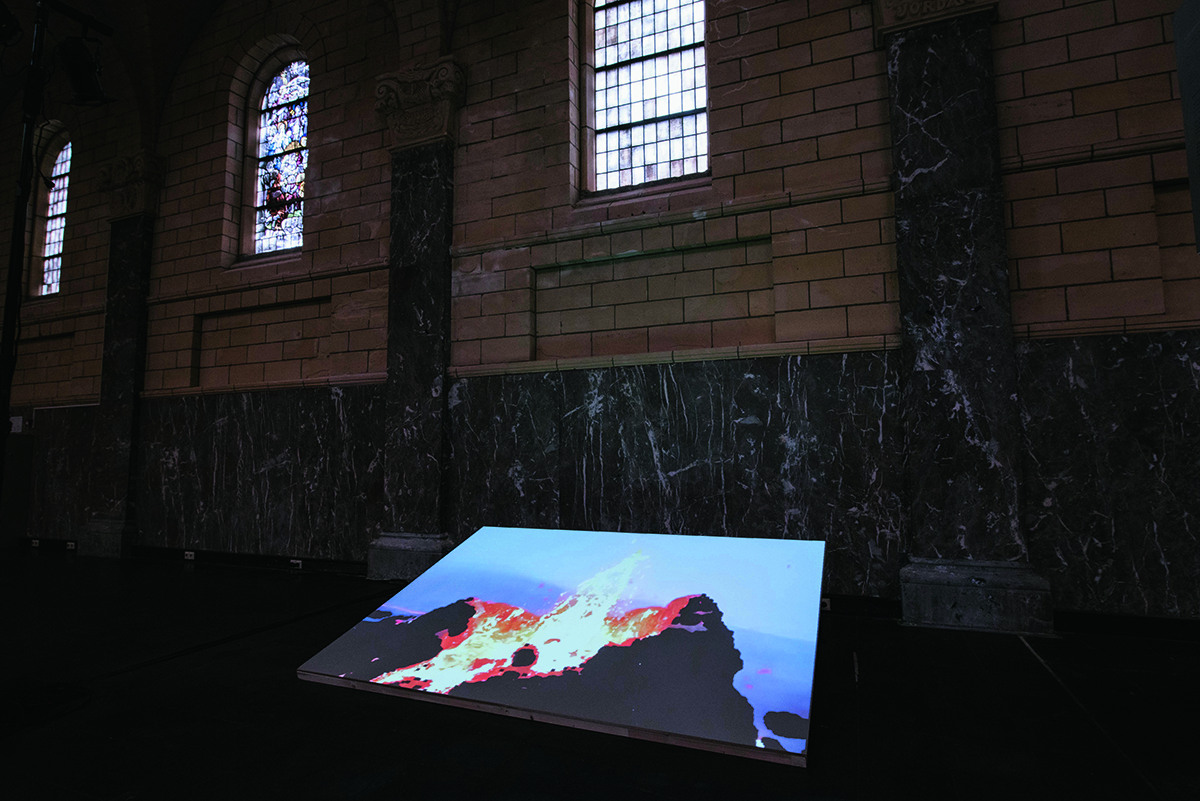
Audio-Visual Installation by Anon Chaisansook, ‘Lands with no Volcanoes’
The curator of the most recent residence–the third in an annual series, following Venice in 2019 and Berlin in 2020 – was Kehkasha Sabah, who wanted to explore the idea of “decolonising the Anthropocene”, essentially taking the human race as a geological force, and establishing the idea of many worlds within one.
Read more: Durjoy Bangladesh Foundation: Bridging Global South And North
“We need to listen to the earth and help others to listen to what we hear,” explains Sabah. “We have shared histories of colonialism, dictatorship, crisis, emergencies, and recently, the pandemic. How can we think about the new world order and, as cultural practitioners, contribute to a better world? How can we use technology and at the same time save nature?”
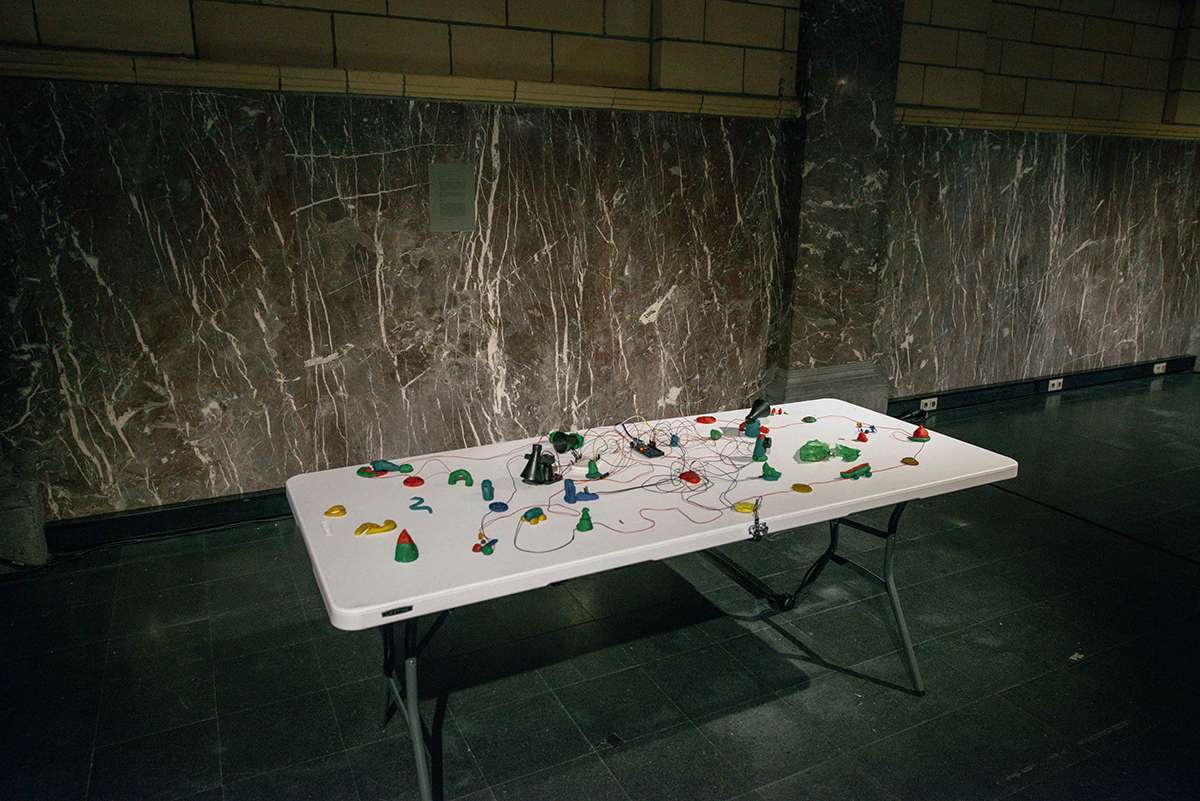
Interactive installation by Moch Hasrul, ‘Prototypo #2’
Some of the artists used the church as a performance space, complementary to their installations. Giulia Deval created physical theatre with her ‘Phonotransparence’, transmitting sound from her garments as she walked around. Joydeb Roaza played a wind instrument made by members of the indigenous Mro community in Bangladesh as part of his installation ‘Poolang, the Melody of the Flute That Brings Unity’; and Satch Hoyt, who has lived a nomadic life from Jamaica to Berlin, played a composition linked to his topographic-style painting ‘Crossing Paths that lead to Cultural Amalgamations’. Hoyt has spent his career creating maps generated by sonic forces that encompass the African diaspora, with work ranging from installation to traditional vinyl.
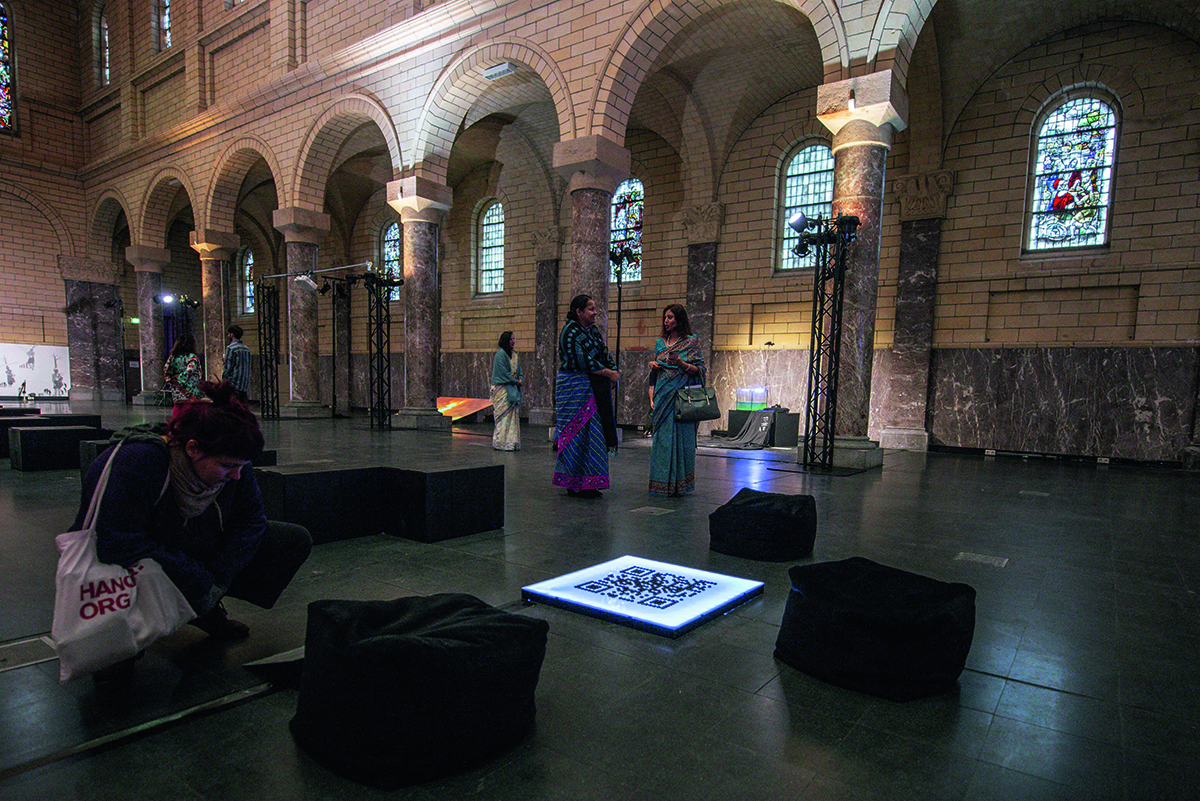
Sound Installation Pier Alfeo, ‘The Blind Age’
While the artists found their time in Eindhoven challenging –living on supermarket sandwiches and working in temperatures close to zero –the residency represented a unique opportunity to create work together at a time when international communion
was a difficulty and a privilege. Flicking on a constant loop on the half-domed ceiling above the old altar was a film by Jog Art Space, recording a performance by the Bangladesh-based Yuvraj Zahed A. Chowdhury: a figure moves rhythmically on the banks of the Karnaphuli River, representing the great priest Khoaib Khazi, overseeing the purification of all who gather at the bay. As Chowdhury said of the work: “Humans are fragile. Everyone seeks refuge through sharing pain, and sometimes that sharing makes us happy.” Land, water and borders have become a shared experience in ways that we may never have imagined. And the fragility of our place within them has never been of greater concern
Find out more: durjoybangladesh.org
This article appears in the Summer 2022 issue of LUX



